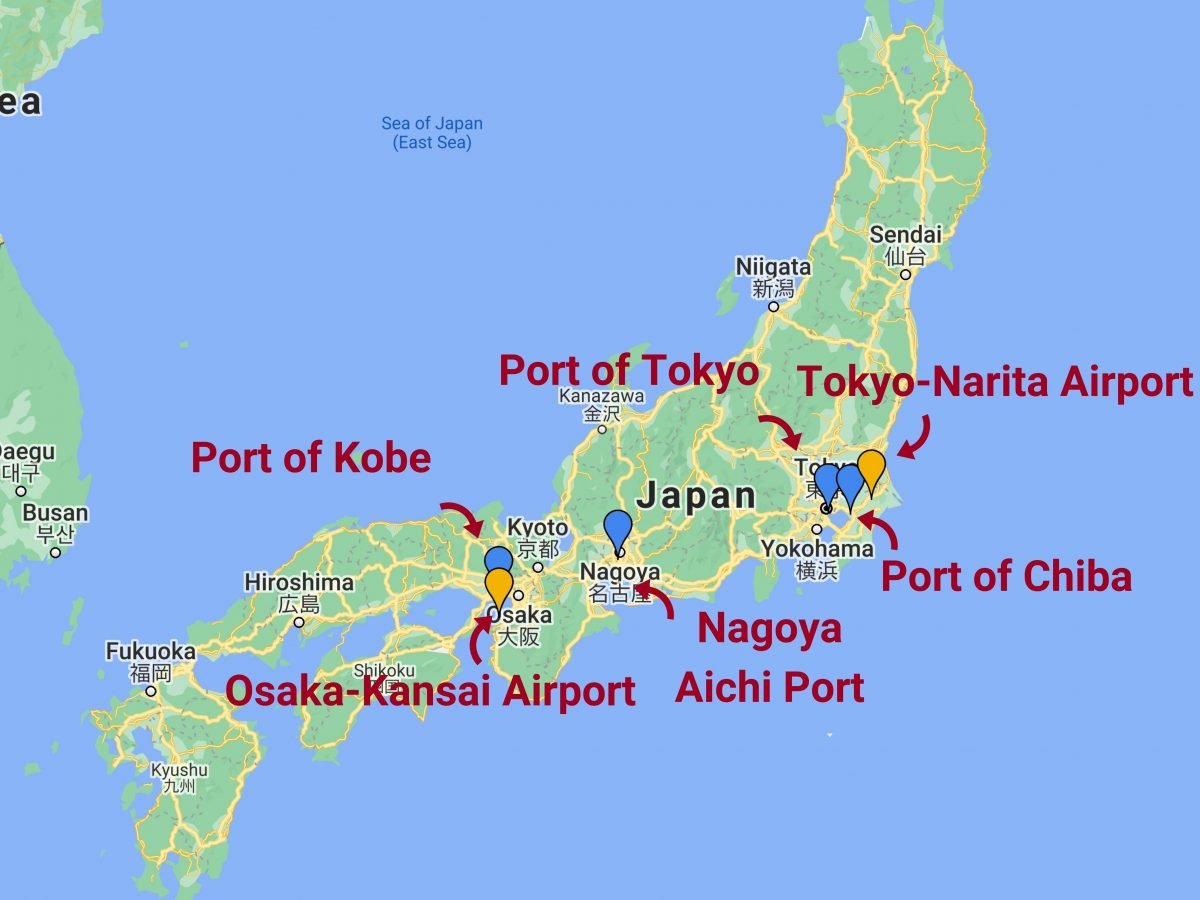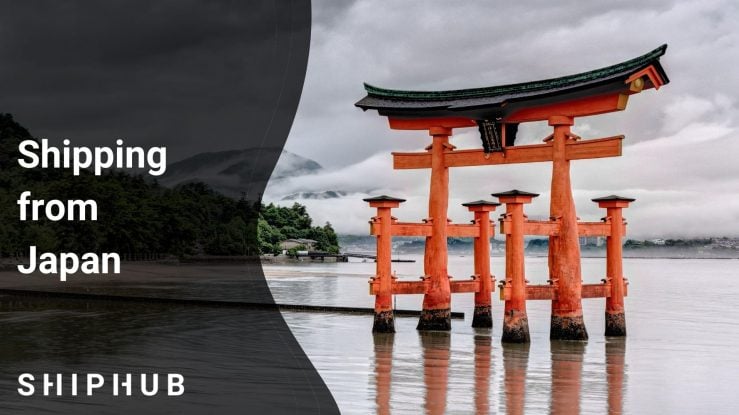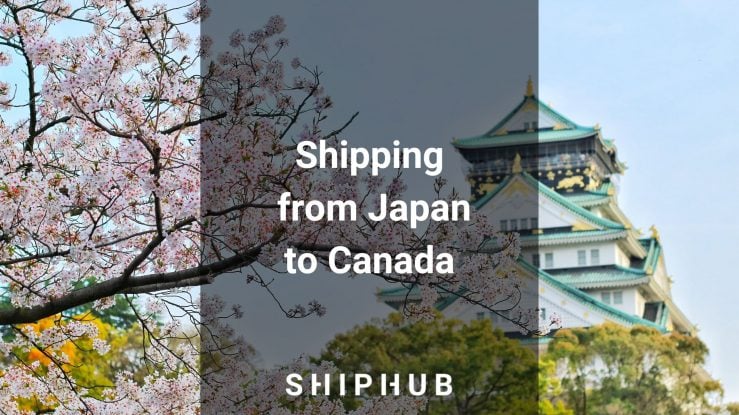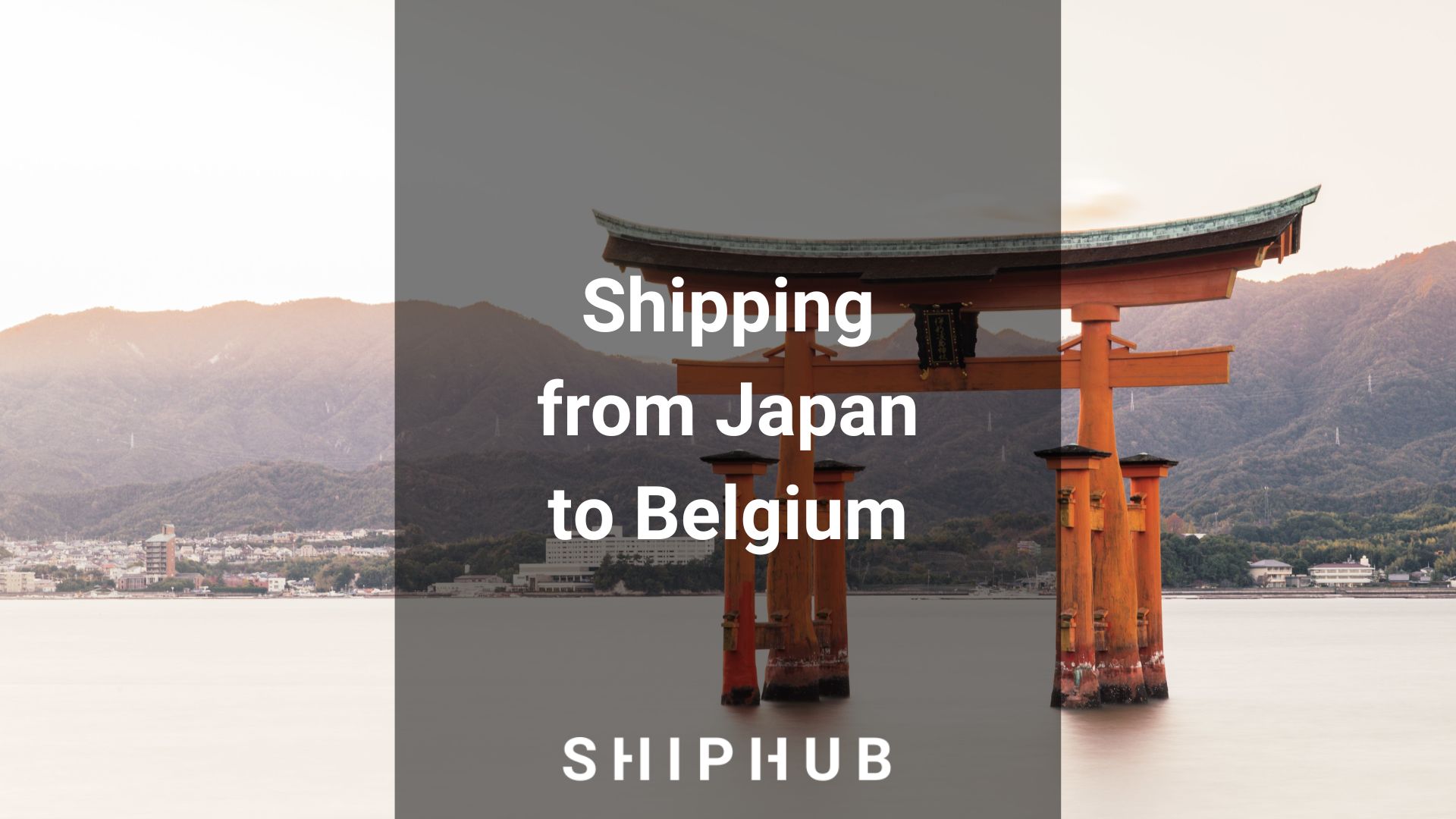Both the US and Japan are highly successful economies and powerhouses of international trade. Despite past conflicts, the two countries are now trade partners, Japan taking the number four spot among US leading importers. Japan mainly imports computers, medical equipment, and pharmaceuticals from the US. In this article, you will find the basics of shipping from the US to Japan.
Airfreight from the US to Japan
Airfreight is the fastest way of shipping goods from the US to Japan, as well as the most expensive. If the cargo’s weight does not exceed 100 kg, it might not be much more expensive than sea freight. This method is recommended for smaller shipments. It is also generally deemed the safest option, so it is a good pick for fragile goods.
Cargo airports in Japan
- Tokyo-Narita Airport is located near the capital. It deals with many direct international flights, including ones from the US. It is also the hub for Japan’s leading cargo airline, Nippon Cargo Airlines.
- Osaka-Kansai Airport serves the cities of Osaka, Kyoto, and Kobe. Similar to Tokyo-Narita, it handles plenty of international connections.
Sea freight from the US to Japan
Sea freight is the more cost-effective option, but it also takes a long time for the shipment to arrive at the destination. There are also two options for this option: LCL and FCL shipping.
- LCL (Less Than Container Load) is recommended for smaller shipments when they are not urgent and cannot be shipped by air. In this method, the goods are placed in a shared container, making the already cost-effective sea freight even cheaper. That being said, this method takes a long time and is not recommended for heavy or fragile goods.
- FCL (Full Container Load) is recommended for larger shipments that are to be delivered by a specific date.
Ports in Japan
There is a wide array of seaports in Japan, many of which deal with cargo from all around the world. Here are some of the most significant hubs for trade:
- Nagoya Aichi Port connects to over 170 countries, and US imports are among the most frequently processed in the port.
- Kobe Port is highly significant for Japanese maritime trade, administratively combined with the port of Osaka.
- Tokyo Port is the largest port in Japan and one of the biggest on the Pacific Ocean.
- Chiba Port is the second largest cargo port in the country and mainly deals with industrial cargo such as oil products, chemicals, and steel.

Depending on whether you chose LCL or FCL shipping, here is how much time sea freight might take:
- Atlanta-Kobe – 35 days (LCL)
- Los Angeles-Osaka – 30 days (LCL)
- Long Beach-Tokyo – 30 days (FCL)
Import customs clearance in Japan
Because customs clearance is often confusing and time-consuming, many importers decide to let the forwarder handle it.
However, whether you decide to do it yourself or let the forwarder deal with it, you will still need to provide some documents to import your cargo successfully. These are:
- the commercial invoice
- a packing list
- a certificate of origin
- a letter of credit or other payment terms (depending on the contract)
- a bill of lading or air waybill, depending on the type of transport.
How much does shipping from the US to Japan cost?
As mentioned before, costs largely depend on the chosen method of transportation and type of cargo. Prices will also always go up in case of very large or possibly dangerous goods. To evaluate your specific type of cargo cost, you can fill form here on ShipHub. Here are some examples of filled forms:


Shipping from the US to Japan – summary
The US and Japan have a stable trade relationship, and thanks to the popularity of US imports, importing to Japan can only prove beneficial. Make sure to carefully think through your options and decide what is best for your shipment.





